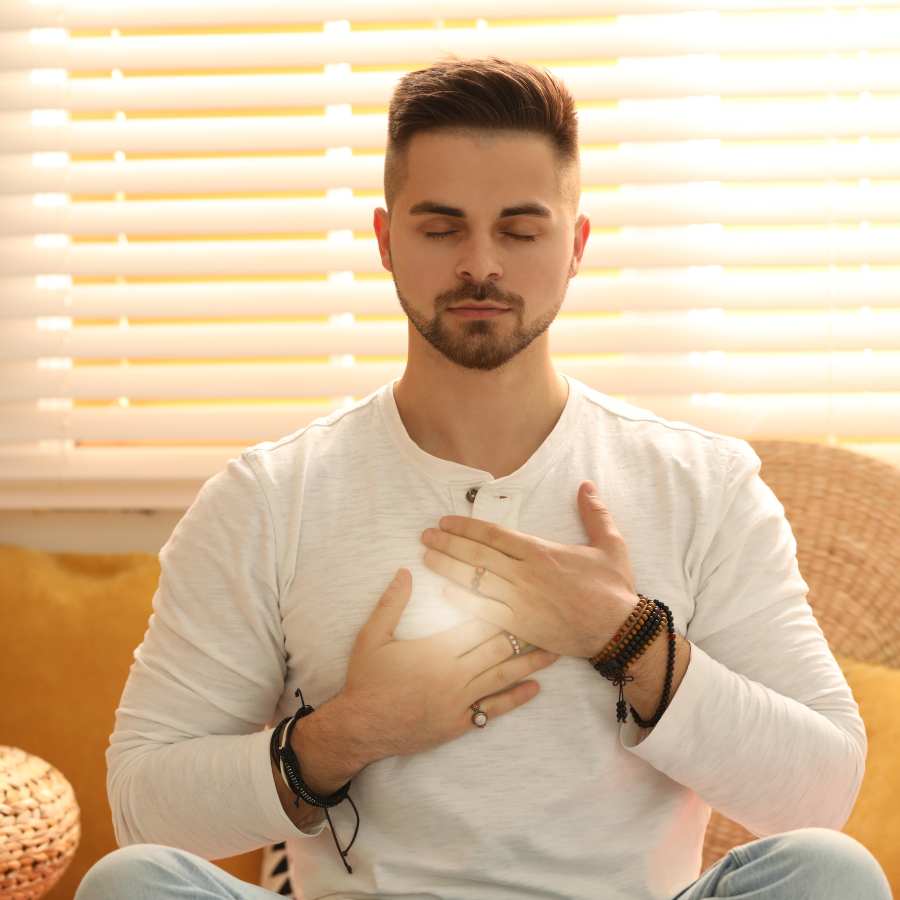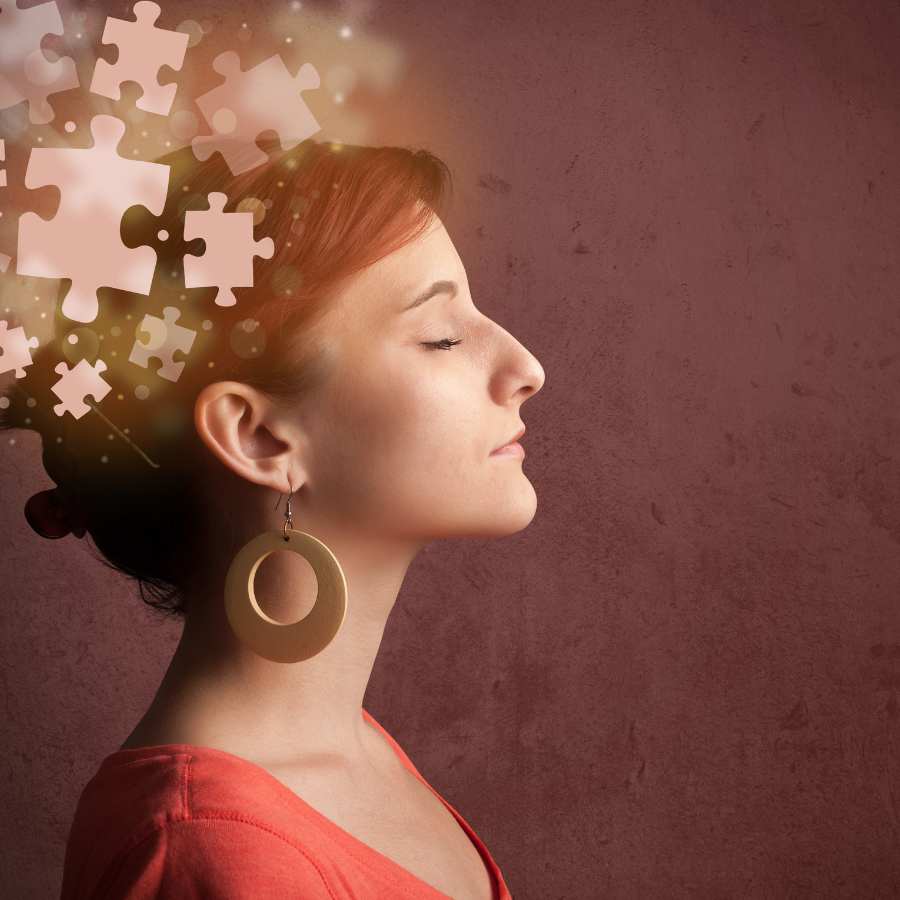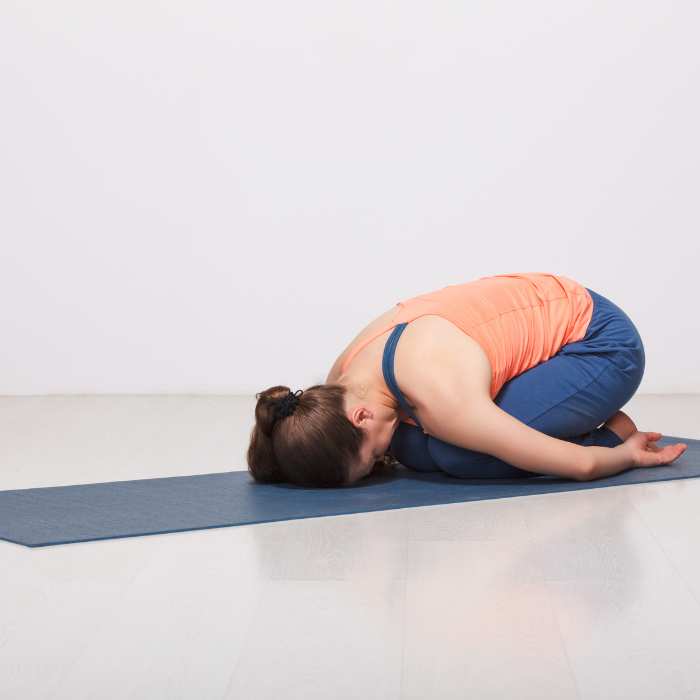Embarking on an Ayurvedic wellness retreat in Rishikesh offers a transformative vacation experience that combines the serene beauty of the Himalayas with the ancient wisdom of Ayurveda. Nestled along the banks of the Ganges River, Rishikesh provides an idyllic setting for rejuvenation and self-discovery. Ayurveda, a holistic system of medicine, focuses on balancing mind, body, and spirit through personalized treatments, yoga, and nutrition. Rishikesh, known as the “Yoga Capital of the World,” serves as the perfect backdrop for introspection and relaxation. Immerse yourself in traditional Ayurvedic practices, enjoy therapeutic massages, and partake in daily yoga sessions amidst the tranquil landscapes. This retreat promises not only physical rejuvenation but also a holistic approach to well-being, making it an ideal choice for those seeking a vacation that nurtures both body and soul.
Reasons Why You Should Consider an Ayurvedic Wellness Retreat

-
- Holistic Well-being: Ayurvedic wellness retreats prioritize holistic health, addressing not just physical ailments but also mental and spiritual aspects. The comprehensive approach aims to restore balance and harmony in all facets of life.
2. Personalized Healing: Ayurveda recognizes the uniqueness of each individual, tailoring treatments and therapies to one’s specific constitution (Prakriti) and current imbalances (Vikriti). This personalized approach ensures targeted and effective healing.


3. Natural Healing Methods: Ayurvedic retreats often incorporate natural remedies, herbal therapies, and organic nutrition, minimizing reliance on synthetic medications. This promotes a more sustainable and nature-centric approach to well-being.
4. Mind-Body Connection: Ayurveda emphasizes the profound connection between the mind and body. Through practices like yoga, meditation, and mindfulness, participants can achieve mental clarity, stress reduction, and emotional balance.


5. Cultural Immersion: Ayurvedic retreats often take place in culturally rich settings, providing participants with the opportunity to immerse themselves in the traditions and wisdom of ancient healing practices while experiencing the local culture.
6. Preventive Care: Ayurveda isn’t just about treating existing conditions; it also focuses on preventive care. By understanding and addressing the root causes of imbalances, individuals can proactively maintain good health and prevent future issues.


7. Stress Relief: In our fast-paced modern lives, stress has become a prevalent issue. Ayurvedic wellness retreats offer a respite from the daily grind, providing a tranquil environment and stress-relieving practices to restore inner calm.
8. Natural Surroundings: Many Ayurvedic retreats are located in scenic and serene environments, fostering a connection with nature. The soothing surroundings contribute to the overall healing experience, promoting relaxation and rejuvenation.


9. Educational Experience: Participants often gain insights into Ayurvedic principles, lifestyle recommendations, and dietary guidelines during these retreats. This knowledge empowers individuals to integrate Ayurveda into their daily lives for sustained well-being.
10. Detoxification: Ayurveda places a strong emphasis on detoxifying the body and mind. Retreats may include Panchakarma, a cleansing and rejuvenating process, to eliminate toxins and promote overall well-being.




















